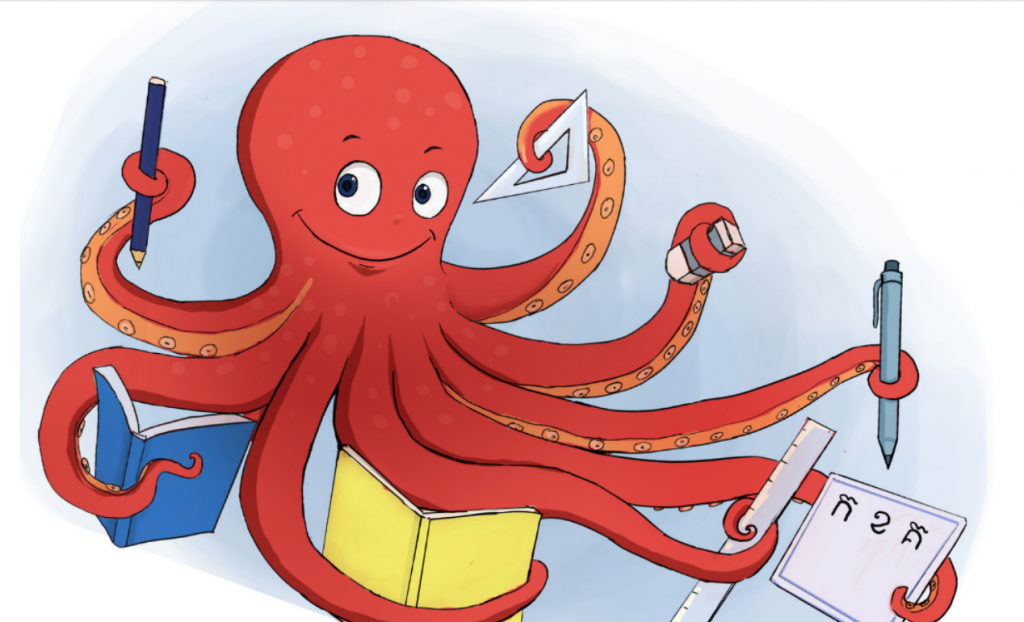
The StoryWeaver Platform in India offers children 51,000 stories in 333 languages. (Source: StoryWeaver.com/illustration by Measa Sovonnarea)
AI-Powered Tool StoryWeaver to Bring Education to Remote Locations In India
With 22 official languages and more than 780 spoken languages, there is no question that the country of India needs innovation for multilingual tech. Being able to translate that many languages and incorporate them into a usable platform is no easy task. And many of India’s neighboring nations also have similar problems concerning remote tribes and assorted languages.
And that is the reason for an article from slate.com about a platform called StoryWeaver.
StoryWeaver is a natural language processing tool developed at Microsoft Research India called interactive neural machine translation prediction technology or INMT.
Artificial intelligence-assisted translation tools like StoryWeaver can bring more languages into conversation with one another—but the tech is still new, and it depends on data that only speakers of underserved languages can provide. This raises concerns about how the labor of the native speakers powering A.I. tools will be valued and how repositories of linguistic data will be commercialized.
The most touching part about StoryWeaver is the number of children this AI has given joy to. The article introduces you to an area of India that has children unable to read books in their native language.
Like the story of Sanjib Chaudhary, who discovered StoryWeaver, the multilingual children’s storytelling platform, while looking for books to read to his 7-year-old daughter. Chaudhary’s native language is Kochila Tharu, a language with about 250,000 speakers in eastern Nepal. (Nepali, Nepal’s official language, has 16 million speakers.)
Languages with a relatively small number of speakers, like Kochila Tharu, don’t have enough digitized material for linguistic communities to thrive—no Google Translate, no film or television subtitles, and no online newspapers. In industry parlance, these languages are “underserved” and “underresourced.”
“This is where StoryWeaver comes in. Founded by the Indian education nonprofit Pratham Books, StoryWeaver currently hosts more than 50,000 open-licensed stories across reading levels in more than 300 languages from around the world. Users can explore the repository by reading level, language, and theme, and once they select a story, they can click through illustrated slides (each as if it were the page of a book) in the selected language (there are also bilingual options, where two languages are shown side-by-side, as well as download and read-along audio options). “Smile Please,” a short tale about a fawn’s ramblings in the forest, is currently the “most read” story—originally written in Hindi for beginners, it has since been translated into 147 languages and read 281,000 times.”
The article explains how this platform was trained and the results are just astounding. It is not just the ability to bring these books to remote groups of children, it is helping to keep those native languages from becoming extinct. Another problem confronting people like Chaudhary is there is very little funding for the project.
Despite the repetitiveness and poorly compensated nature of the work, Chaudhary sees himself not as a crowd worker but as a language steward. “We have many homophonic words in Kochila Tharu which aren’t there in English. Take the names of different fish … we have so many words for fish, fishing equipment, and fish preparations that you wouldn’t find in other languages,” he said.
“If our language dies, we will lose them. I want to collect these words before they disappear.”
Right now it seems the AI-assisted platform called StoryWeaver is the best chance many remote areas have of connecting to the digital world and saving the world they grew up in.
read more at slate.com







Leave A Comment